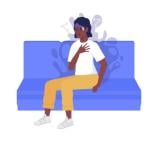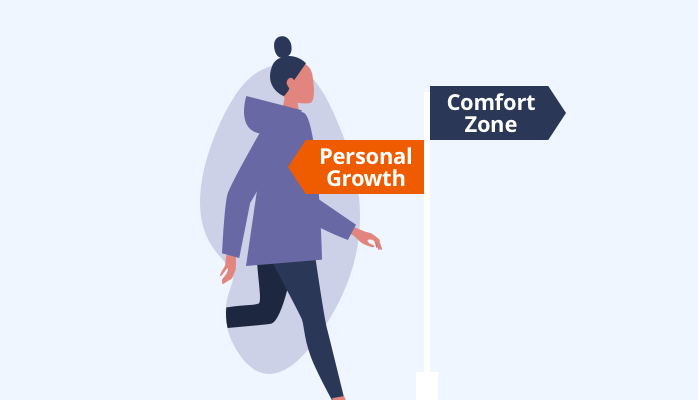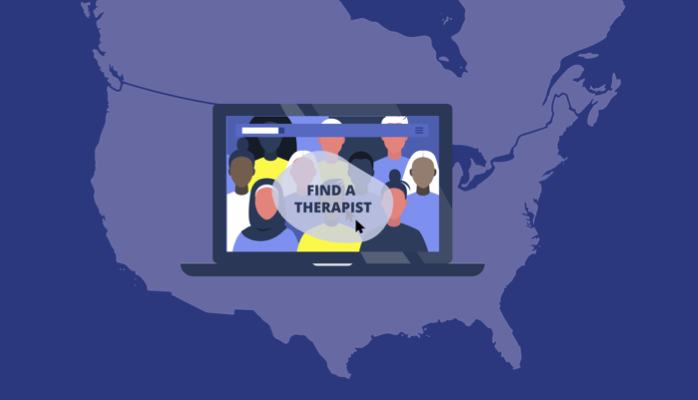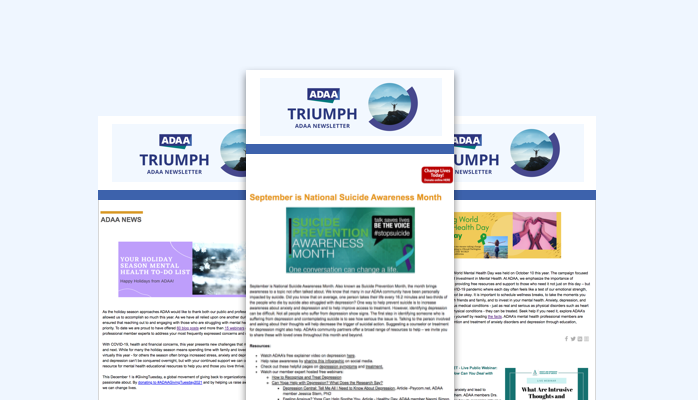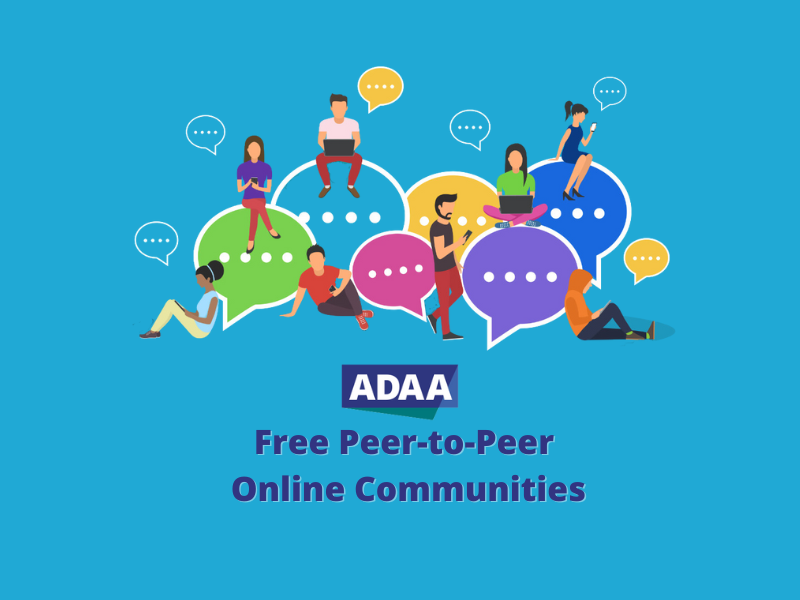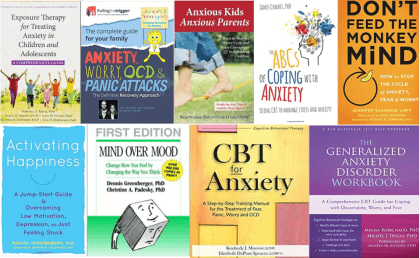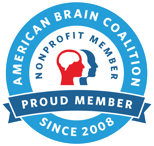Panic Disorder: Minimizing Fear, Tolerating Symptoms, and Building Skills
Panic Disorder: Minimizing Fear, Tolerating Symptoms, and Building Skills
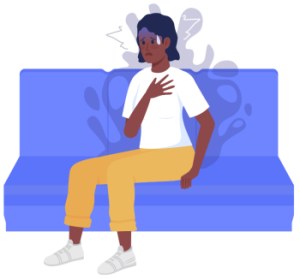
Panic attacks, particularly when you don’t know what they are or where they are coming from, can be incredibly frightening. Having recurring panic attacks and continually fearing having another one, clinically categorized as panic disorder, can be terrifying, debilitating, and interfere with daily functioning. ADAA member Simon Rego, PsyD, ABPP, A-CBT understands how scary it can be for someone who suffers from panic disorder and how intense the feelings of dread are in a person who has it.
In his work at New York City’s Montefiore Medical Center and the Albert Einstein College of Medicine, Dr. Rego never loses sight of the fact that his patients are terrified. But he explains to them how it’s their “fear of fear” that is actually maintaining the panic attacks and then teaches them skills to allow them to respond differently to future attacks. The key part of treating panic disorder, he says, is having the patient learn to fear their panic symptoms less. So, how does Dr. Rego do that? In a recent conversation, ADAA asked Dr. Rego that question and learned it can be hard work, tiring, and even dizzying - sometimes leaving you breathless - but it works.
Panic Attacks vs Panic Disorder
First, it’s important to understand the difference between panic attacks and panic disorder. According to statistical data, one in four or five (20-25%!) people will have a panic attack at some point in their lives. Making matters worse, Dr. Rego says it’s also quite common for someone to experience the symptoms of a panic attack (physical feelings can include sweating, palpitations, chills, difficulty breathing, chest tightness / discomfort, tingling sensations, and even thinking you’re going to faint or die) for no identifiable reason.
“We call these ‘out-of-the-blue’ or unexpected, panic attacks,” Dr. Rego told ADAA. “Meaning they were untriggered and seemingly not connected to what the person was doing at the time. But only about 3 percent of the adult US population will be diagnosed with panic disorder in any given year. That’s when the panic attacks recur and the person starts to get worried about experiencing another one.”
He explains that panic attacks can also be present in other anxiety disorders like social anxiety, general anxiety disorder (GAD), obsessive compulsive disorder (OCD), PTSD, and depression or even in substance use disorders. However, this doesn’t mean the person also has a panic disorder. In these cases, the panic attacks often result from the intense anxiety caused by the primary disorder (e.g., someone with social anxiety disorder experiencing a panic attack while giving a presentation in front of a large audience) but do not otherwise occur on their own.
“Panic disorder is a disorder that - at its core - is about people having recurring panic attacks and being afraid of them,” Dr. Rego said, “In addition, for it to be considered a disorder, the presence or fear of the attacks is debilitating enough to cause significant impairment in one or more aspects of life - at school, at a job, in relationships or other social situations, for example.”
Many people who experience an out of the blue panic attack, he adds, do not require treatment because they do not go on to develop a fear of the consequences of the attack, do not fear experiencing another attack, and do not make any changes in how they are living as a result of the panic attack (they do not actually go on to develop a disorder). Whereas people who suffer from a panic disorder unfortunately develop “catastrophic” beliefs about the attacks (each time they experience a panic attack they believe they are having a heart attack). This distorted way of thinking, and the fear that comes with it, often leads them to adjust their lifestyles, make alterations that limit their ability to function, and most importantly, engage in avoidant behaviors.
In ADAA’s Patient Guide to Mood and Anxiety Disorders, panic disorder is described as “one of the most common ‘physical’ psychiatric disorders” with symptoms that might land someone in the emergency room or going to see a cardiologist, neurologist, pulmonologist, or some other “physical” specialist. Calling the cycle of attacks the “march of panic” the Guide provides information about the disorder, including treatment. Dr. Rego works with patients to help stop, or at least slow down the march.
Treatment and Prevention of Panic Disorder
Dr. Rego says he likes it when he is referred a patient straight out of the ER for the first time, because at that point, they will have had an extensive evaluation and been cleared medically. In addition, the distorted thoughts can be addressed sooner, often before the patient develops problematic (i.e., avoidant) behaviors.
“Panic disorder is highly treatable. It’s well-studied, well-researched and it’s pretty clear what we have to do to help people, regardless of how long they’ve had it or how severe it is.”
Helping people involves Cognitive Behavioral Therapy (CBT) - the most well-established psychological treatment for panic disorder. Medication is also effective and often therapy and medication are sequenced (i.e., switching to the other, if one is not working on its own) or combined (offered together, especially if other problems like depression are present). While exposure therapy is the main ingredient in CBT for panic disorder, the full treatment also involves monitoring the symptoms, education on the nature of panic, and skill building to help manage the attacks and face any situations that are being avoided.
“Prevention of future attacks, or at least minimizing the fear involved, requires changes in the way people with panic disorder think,” he told ADAA. He adds that because the majority of people who have a panic attack don’t go on to develop panic disorder, there is something about the way those who experience a panic disorder cognitively process the attack and alter the way they live after the attack that is different from those who do not develop panic disorder.
Skills for Panic Disorder and How They Work
Patients that come to Dr. Rego for panic disorder have their work cut out for them. Of course attending CBT is key, but Dr. Rego is all about putting theory into practice and skills into daily living. He has established three major skills for his patients with panic disorder:
- Flexibility in your thinking. Catastrophic thinking will almost always escalate your symptoms and you will panic. But if you learn to catch, challenge, and change what you think by a) identifying your thoughts b) scrutinizing your thoughts and c) reformulating, accepting, distancing from, or testing out your thoughts, you can change how you feel.
- Tolerating the physiological symptoms of panic. Dr. Rego does this with “interoceptive exposure” – which he calls his “Decathlon” day. Yes, this is the part where you might feel you’ve walked into the gym. He uses a variety of exercises to intentionally generate the physical symptoms that commonly occur during a panic attack. His decathlon of exercises may include running up and down stairs, spinning in a chair, hyperventilating voluntarily, directing a portable heater towards you while being bundled up in winter clothes, and breathing through tiny straws – all of which are aimed to recreate the symptoms in a controlled setting – and learn something new about them (i.e. that they are not dangerous). Becoming familiar with the symptoms leads to being less frightened by them, which in turn leads to face them instead of avoiding them and helps you to feel more confident and react less to them when the symptoms appear later.
- In vivo (“in the living”) exposure. Largely aimed at agoraphobia but also for patients who have made lifestyle adjustments because of their panic. If you avoid certain places or things or people, Dr. Rego will work with you to start facing them again. The goal is to give yourself a chance to “get used” to any anxiety that might initially arise by being in those situations again and to test out any problematic beliefs you might have about what would happen to you in those situations if you experienced a panic attack. In order to overcome your fear of heights, you and Dr. Rego must be willing to eventually go up to the top of the Empire State Building or another Manhattan skyscraper! It is only then that you will truly be able test out your beliefs about what could happen…
Empathy, Honesty, and Getting in the Mud
Dr. Rego is well aware of the intense and debilitating fear his patients experience. His understanding and empathy show in the work that he does with them.
“It’s a huge leap of faith for them to do what I ask them to do,” Dr. Rego said. “I need to earn their trust. I do not judge, I respect them, I try to be supportive, validating, and compassionate – and at the same time I am going to be honest. We need to find out what got you to my office and then create a plan for change.”
It can be messy, or muddy as Dr. Rego puts it. But he wants his patients, and anyone who suffers with panic disorder, to know they are not alone. It’s a common disorder and it’s highly treatable.
“You need someone to get in the mud with you. So I say, let’s do this together. It’s hard work as the treatment requires you to confront the very things you are most afraid of. I know that’s a big ask so we’re going to put our heads together and figure out a way to dig you out of the mud together,” he says.
Of course that’s an analogy but Dr. Rego seems like the type of mental health professional who would literally jump in the mud with you if a fear of mud was causing your panic disorder.


